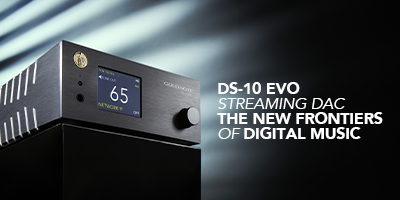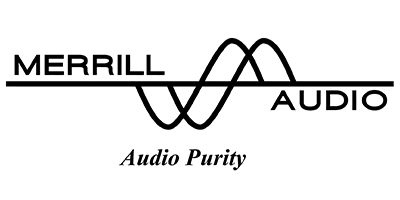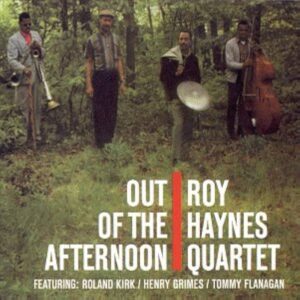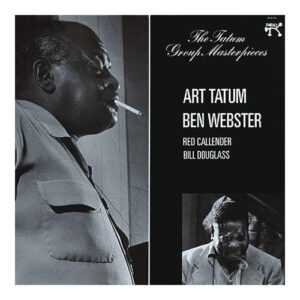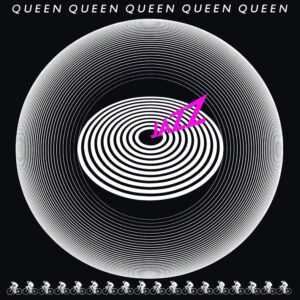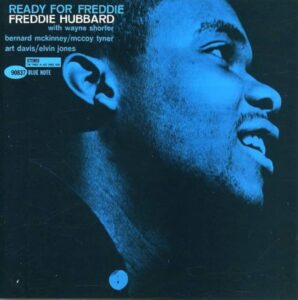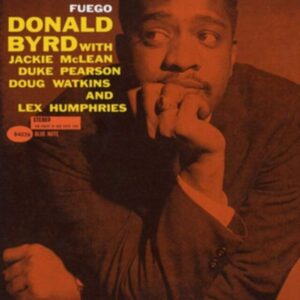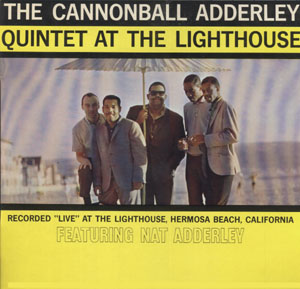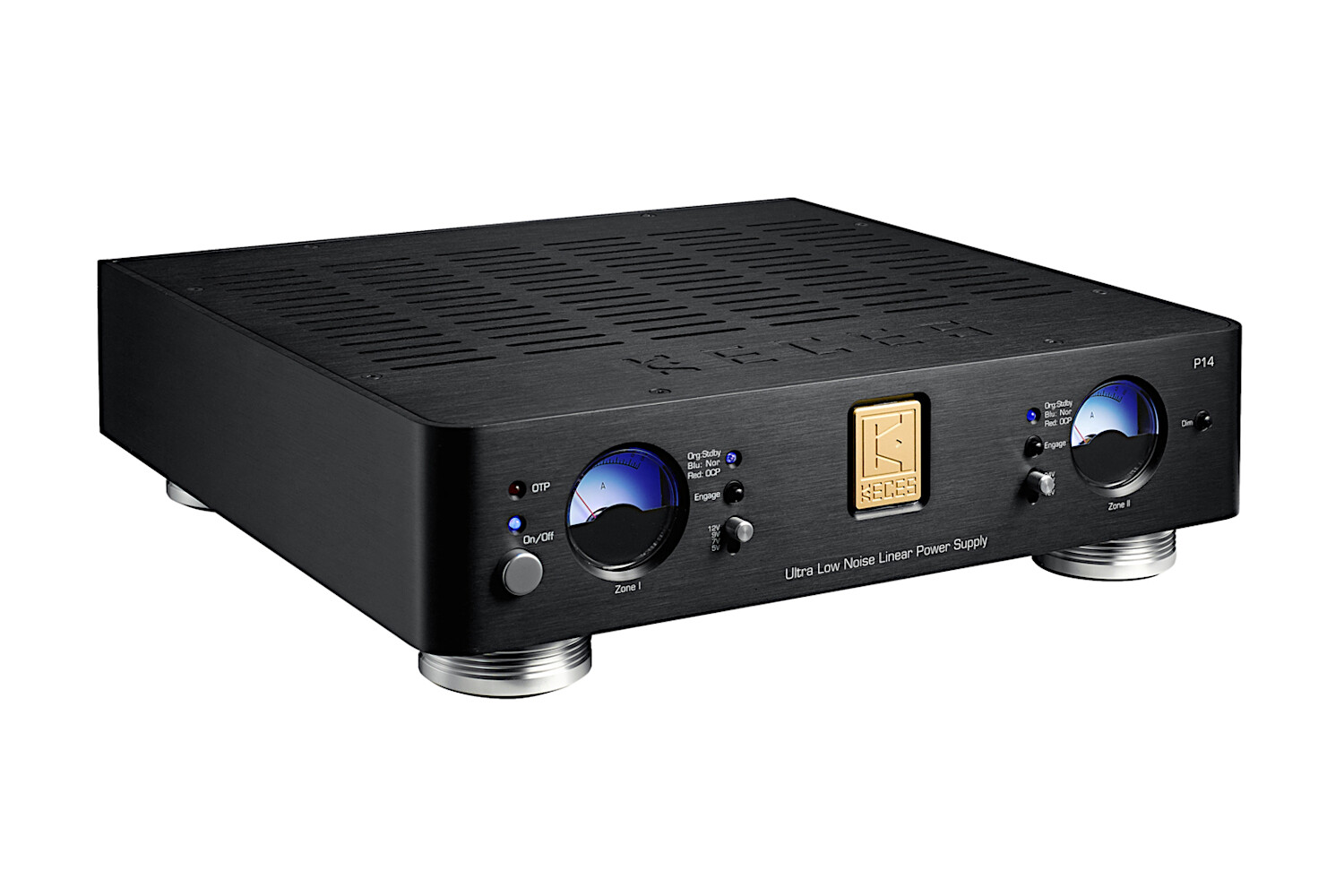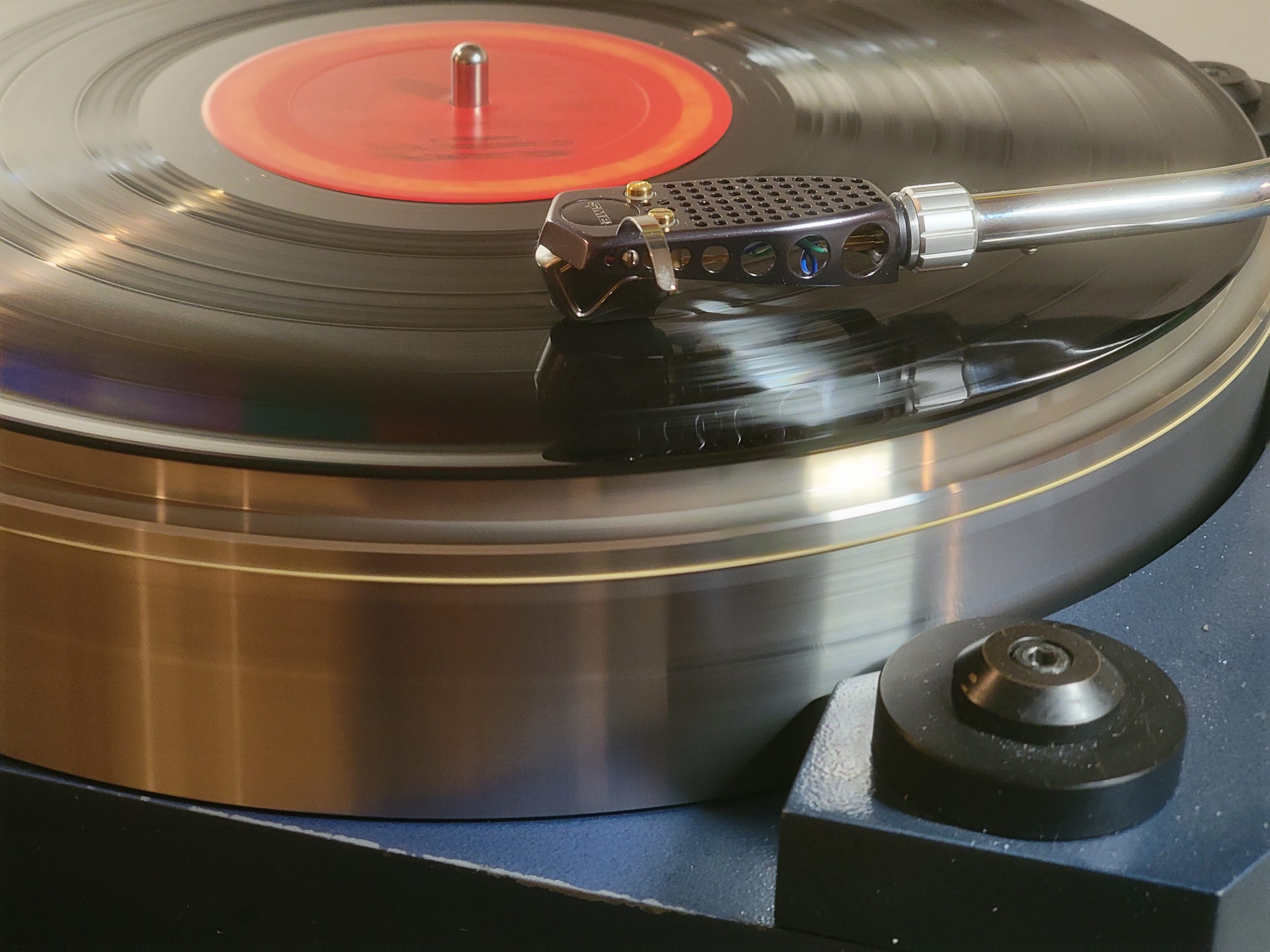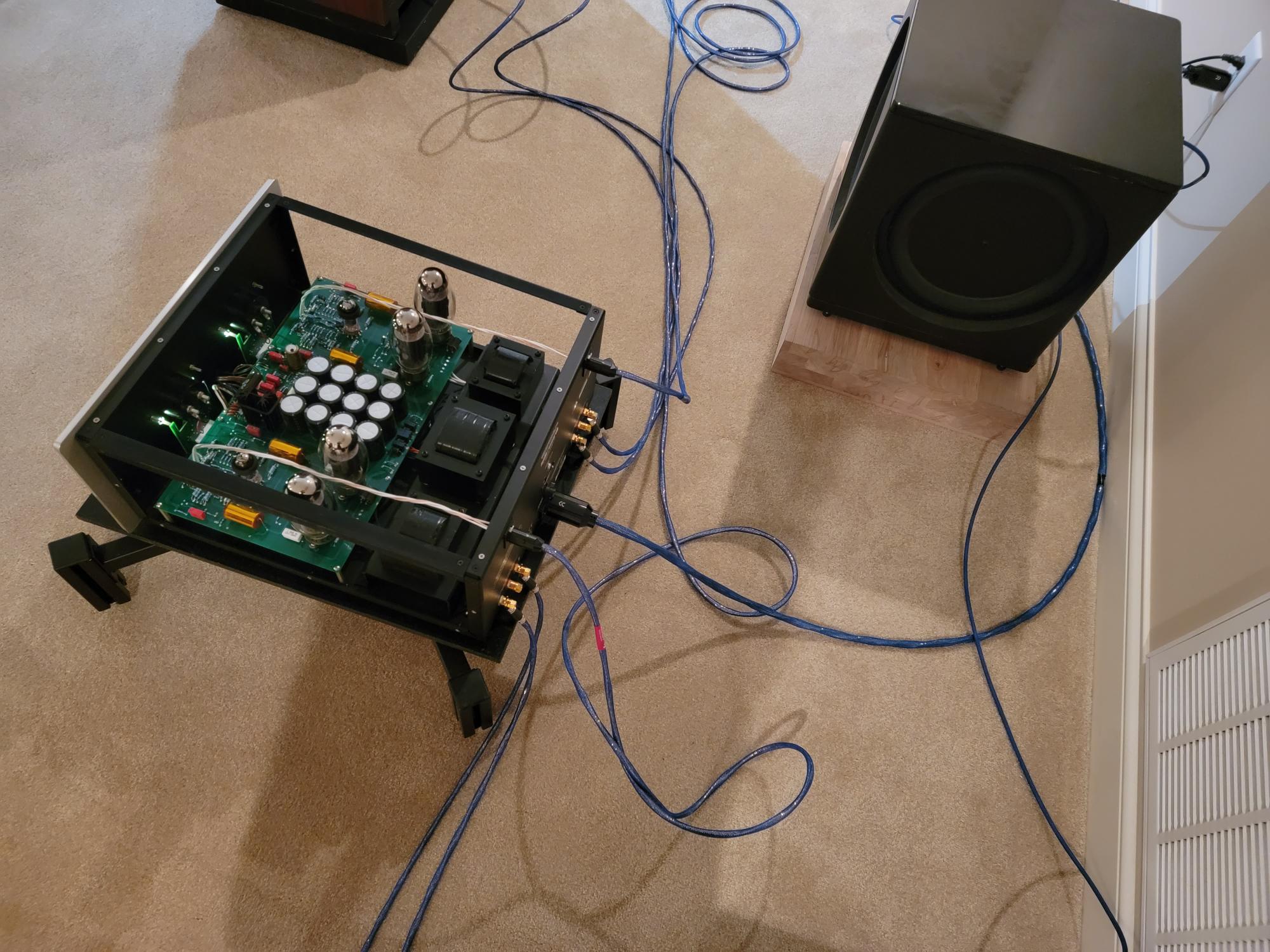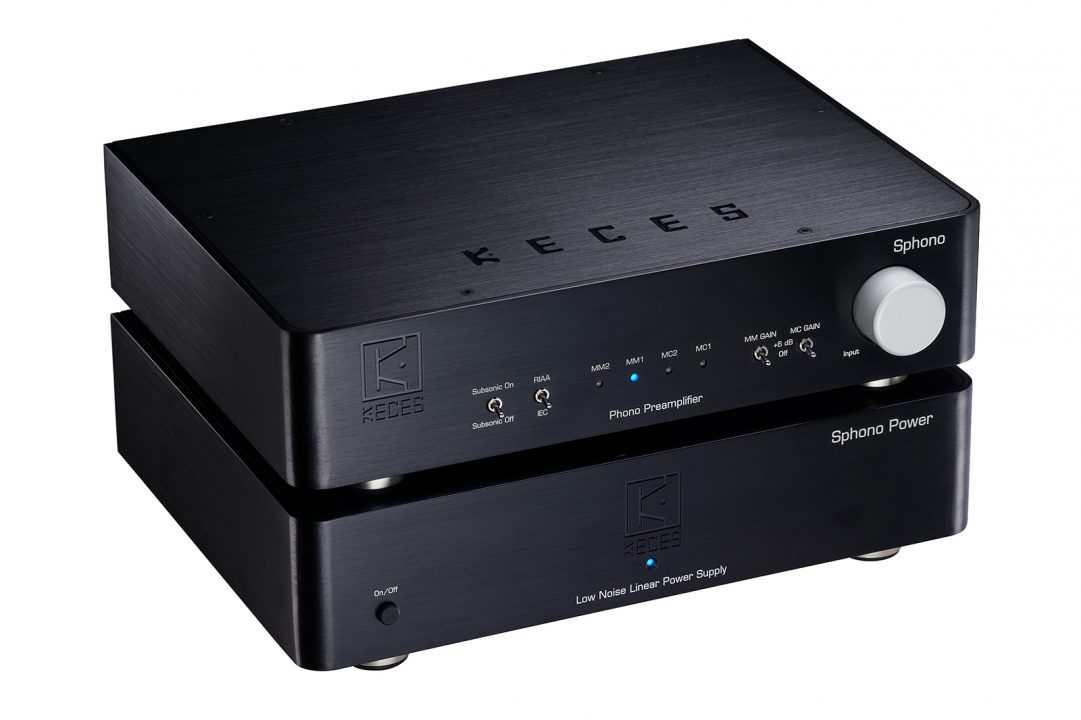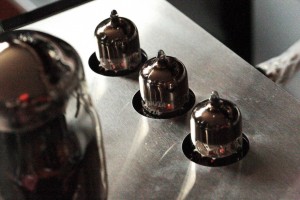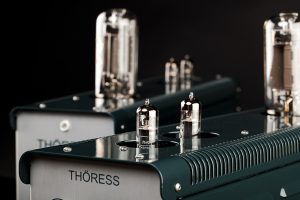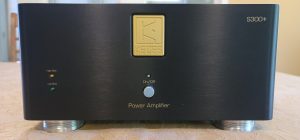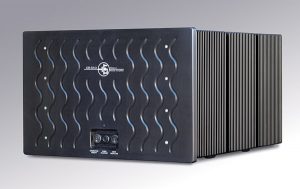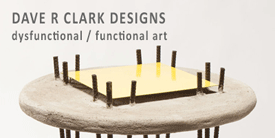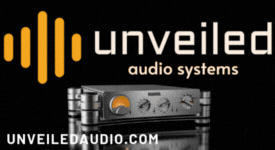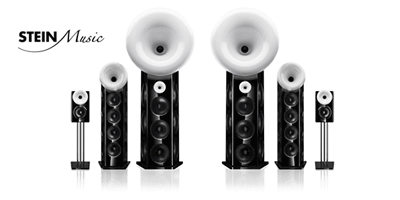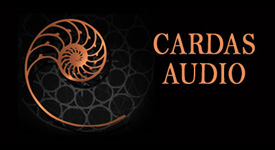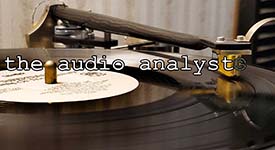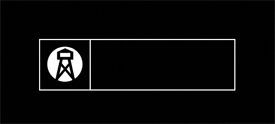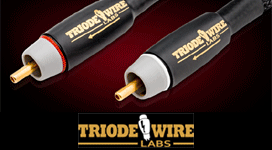As an owner of the Parasound JC5 stereo amplifier, I was intrigued to review the mighty JC1+ mono amplifiers in my system. As many of you know, the JC5 was John Curl's attempt to distill as much of the JC1 amplifiers into a single stereo chassis as he could. As good as the JC5 stereo amplifier is (and it's mighty good), the JC1+ amplifiers are simply in another league. When switching from mono amplifiers to a single stereo amplifier, there is simply too much left on the cutting floor in order to accommodate a single chassis.
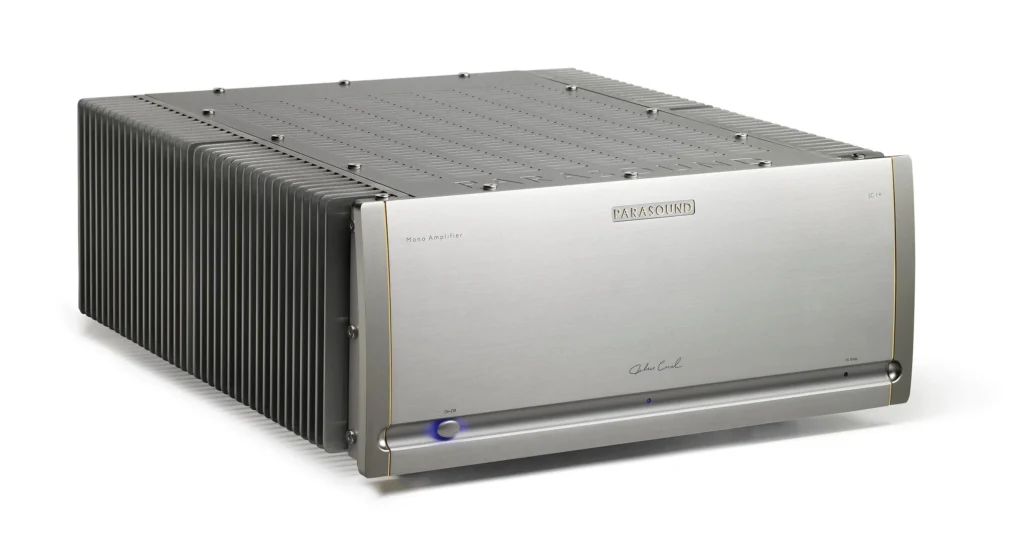
Each JC1+ amplifier is built into the same chassis as the stereo JC5, so you now have twice the real estate for each channel. This allows for a bigger power transformer to be used in the JC1+ amplifiers as well as having twice the amount of heat sinks for each channel as found in the JC5 stereo amplifier. This is why the JC1+ amplifiers put out more power into Class A/B than the JC5 can as well as having slightly over double the amount of pure Class A watts compared to the JC5 (12-watts of pure Class A for the JC5 vs. 25-watts for the JC1+ amplifiers).
Here are the specifications for the JC1+ amplifiers:
- Power Output: 450 x1 watts @ 8Ω, 850 x1 watts @ 4 Ω, 1300 x1 watts @ 2 Ω
- Power measurements are with 120VAC: 0.15% THD, RMS continuous power, full audio band (20Hz - 20kHz)
- Class A Power Output: 25 Watts bias switch set to high, 10 Watts bias switch set to low
- Current Capacity: 180 amplifiers, peak
- Slew Rate: > 130 volts per microsecond
- Frequency Response: 2Hz-120 kHz +0/-2 dB, 20Hz-20kHz, +0/-0.25 dB
- Total Harmonic Distortion (THD): < 0.15 % at full power, < 0.02 % at typical listening levels
- IM Distortion: < 0.03 %
- TIM: Unmeasurable
- Damping Factor: > 1200 at 20 Hz
- Input Impedance: Unbalanced: 50 kΩm Balanced: 100 kΩ, (50 kΩ per leg)
- S/N Ratio, inputs shorted
- 122 dB, IHF A-weighted, bias set to Low
- 120 dB, IHF A-weighted, bias set to High
- 113 dB, Unweighted, bias set to Low
- 111 dB, Unweighted, bias set to High
- Total Gain: 29 dB (Gain switch set to normal), 23 dB (Gain switch set to low)
- Input Sensitivity for 28.28V Output into 8Ω (Gain switch set to normal)
- Unbalanced: 1 V
- Balanced: 1 V per leg
- DC Trigger Requirements: +9 Vdc to +12 Vdc, 5 mA
- Audio Trigger Requirement: 2.5 mV - 10 mV
- XLR Pin Identification: 1 = Ground (Shield), 2 = Positive, 3 = Negative (Return
Here is a list of my gear used in the review of the JC1+ amplifiers:
- Roon Nucleus+
- HiFi Rose 150B
- Micro Seiki SX-8000 table
- SME 3012R arm with the Lyra Etna SL cartridge
- ARC Ref 3 phono preamp
- ARC Ref 6 line stage
- JBL 4345 speakers
- Definitive Technology Ref subs (2)
I highly recommend you visit the Parasound website www.parasound.com in order to read all of the design details and components used in the manufacture of the JC1+ amplifiers.
The JC1+ amplifiers arrived at my house on December 23, 2024, which happened to be a cold day in Northeast Tennessee. The JC1+ amplifiers are well packaged and triple boxed. After the amplifiers were moved from the outside of my house to the second floor where my dedicated stereo room is, I carefully unpacked each amplifier and placed them on separate amplifier stands between my speakers. After that, I left them alone for hours in order to allow them to come up to room temperature before I hooked up all the cables and powered them up.

Setup of each JC1+ is very straight forward. My system is all balanced, so I ran the JC1+ amplifiers in balanced mode. I had each JC1+ amplifier set for high gain and high bias as well. The JC1+ amplifiers come with two sets of binding posts to accommodate those who bi-wire their speakers, and they also have both RCA and XLR connectors that can be used to provide the input signal to subwoofers.
When it came time to power them up for the first time, it's basically the same procedure as powering up the JC5 amplifier. You turn on the power switch on the back panel and then you push the power button on the front of each amplifier. The JC1+ amplifiers go through a very brief diagnostic check to make sure nothing is wrong and then the channel light comes on to let you know it's time to rock and roll.
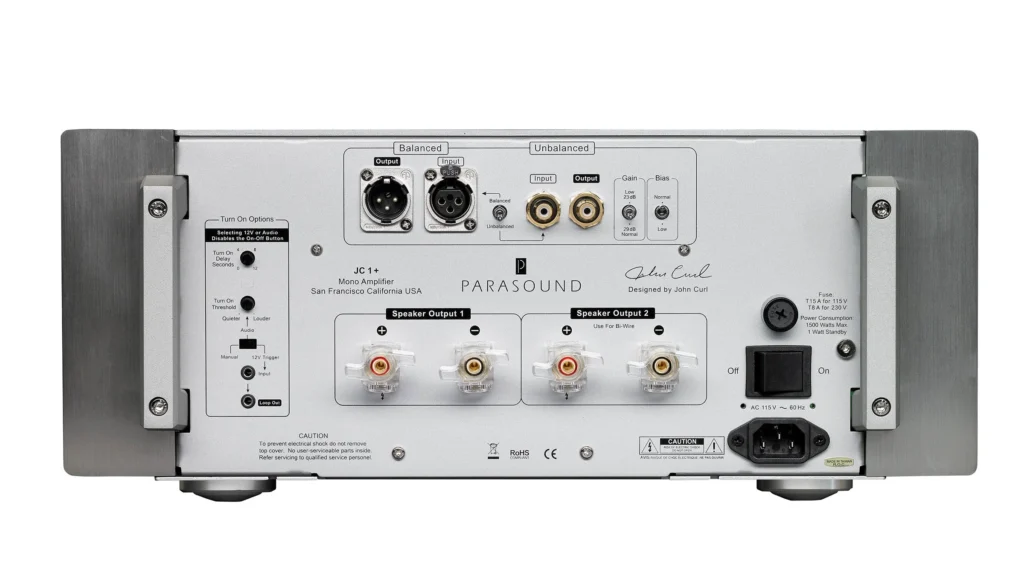
I should add that the JC1+ amplifiers that were shipped to me for review were well broken in as they had seen time on the reviewer trail. Both amplifiers powered up perfectly as I expected, and they remained powered up for the duration of my review and they worked flawlessly.
I listened to the JC1+ amplifiers for hours on the first night and was duly impressed even though I knew with more on-time there would be further improvements to the sound. The following morning my wife asked me what I thought of the new amplifiers. I told her it was hardly fair to give her an assessment of their sound after one night of listening to them, but I told her if I had one word to describe the JC1+ amplifiers the word would be "authoritative." My wife asked me what that meant and I told her it means the JC1+ amplifiers have an iron grip on your speakers.
The first thing I noticed with my JBL 4345 speakers was that I was getting deeper and tighter bass output when powered by the JC1+ amplifiers. The JC1+ amplifiers have a way of seeming to be grounded to the center of the earth when it comes to the bottom octaves. They are just effortlessly powerful sounding amplifiers.
This extra authority in the bottom octaves manifests itself in numerous ways. Not only do you hear the direct sound of the bass in both drums and acoustic upright bass sound more powerful and detailed, but you also hear the space in the room better because the amplifiers will deliver all of the low-level bass sound/information in the room that was captured in the original recordings you are playing.
One of the first albums I streamed was Roy Haynes' Out of the Afternoon (Qobuz 16/44.1). The first cut on the album is "Moon Ray." It starts off with a cymbal getting struck harder and harder until it shimmers across your room. All of the instruments sound live and real in terms of dynamics and tone. The acoustic bass playing over the drums on "Moon Ray" is special because it sounds so real and effortless like live music sounds. This is a theme that will be repeated throughout this review because it doesn't matter if the music was recorded live in the studio or live at a nightclub, you will feel like you either sat in on the recording session at the studio or you were transported back to the day and time the music was recorded live at a jazz club.
One of the early notes I took when listening to the JC1+ amplifiers is that they will not get in the way of reproducing all of the dynamics encoded into your source material. The source material will always be the limiting factor in the dynamic range you hear through the JC1+ amplifiers unless your system upstream or downstream of the JC1+ amplifiers are the limiting factor. It's hard for me to fathom a stereo system that the JC1+ amplifiers would be the weak link in the chain of components.
Next up on the table was Art Tatum and Ben Webster, The Tatum Group Masterpieces (QRP Pablo Reissue LP). I played the cut "Gone With the Wind." First of all, this is a great sounding recording with quiet vinyl. The sax played by Ben Webster is closely mic'd because you can hear every breath as he blows into the saxophone reed. Art Tatum's piano has lovely tone and dynamics. The JC1+ amplifiers capture every nuance in this recording which help it sound so realistic.
I dug out my Queen Jazz LP and played "Fat Bottomed Girls." When the bass drum kicks in, it will punch a hole through you. The lead vocals are top notch, and the backup vocals are super tight as well.
Freddie Hubbard's Ready For Freddie (Qobuz RVG 16/44.1 remaster) is another great album. I played the song "Crisis," and if this song/album doesn't make your system sound great there are issues that need to be addressed in your signal chain. The entire album has great tone and dynamics. Elvin Jones was a great drummer and on "Crisis," you can hear the sound of the drumhead and shell on each drum he hits and the different tones from each drum. This is a very warm recording that draws you in.
Donald Byrd's Fuego is another RVG remastered gem (Qobuz 16/44.1). The entire album is great from beginning to end. The standup bass quality is excellent with great bass definition. This album has the brass bite and raw power you would expect to hear live.
The JC1+ amplifiers have that elusive breath of life that make good speakers come to life and seemingly place you back to the time and date of the original recording session. A great example would be Cannonball Adderley Quintet's At The Lighthouse (Qobuz 16/44.1). If you love jazz, I dare you to play this recording and try not to listen every cut on the album. This entire album sounds so real, it makes you feel like you are sitting in the jazz club when this recording was made, and you don't want the recording to end.
If you are in the market for a pair of powerful neutral sounding mono power amplifiers that have no discernible coloration they paste on every album you play through them, the JC1+ amplifiers should be on your very short list of amplifiers to listen to. If the rest of your system is capable, every album you play through the JC1+ amplifiers will sound different one from another. They will take on the ambience of each recording venue whether live or recorded in a studio. Warm venues/warm recordings will sound warm, while brighter sounding venues/recordings will sound bright. The JC1+ amplifiers will not add anything that is not there in the original recordings, they will just give you the pure truth about how the music was recorded. The JC1+ amplifiers are tone masters that are thrilling to hear with good recordings that have good dynamic range as they truly capture the sound of each instrument in all the glory they were recorded with. I personally don't want to hear exaggerated bass, midrange, or high frequencies from any amplifier and expect to hear that on each recording.
If you are looking for amplifiers that have a distinct sound that is ever present on every recording you play, the JC1+ amplifiers aren't for you. They are just truth tellers plain and simple and these are the highest fidelity amplifiers I have ever had in my system. I find it hard to express all of the ways the JC1+ amplifiers elevated the sound of my system. What I can tell you is that I was sad on my last night of listening to the review pair and having to power them down in preparation for boxing them up and shipping them back to Parasound. I decided that I didn't want to be without the JC1+ amplifiers in my system, so I purchased a new pair. That is the highest compliment I can give the JC1+ amplifiers.
JC1+ Amplifiers
Retail: $10,499 (each)
Parasound

